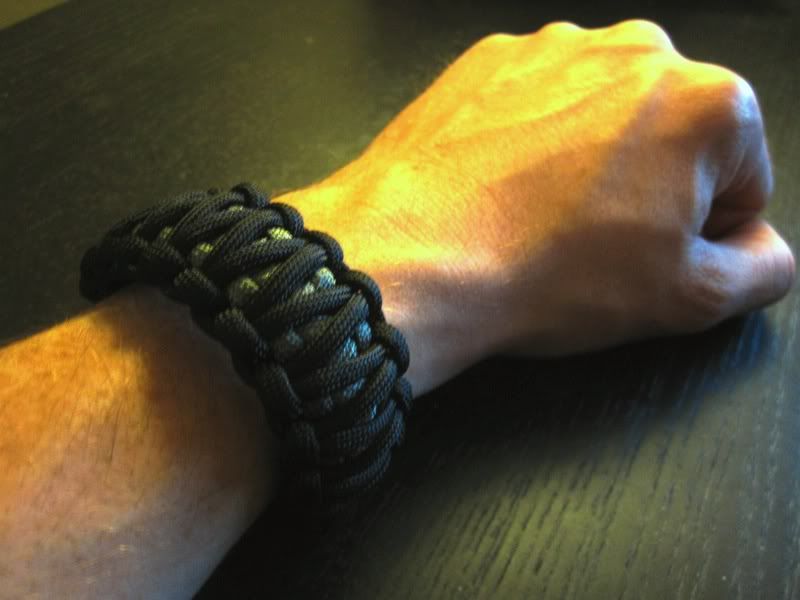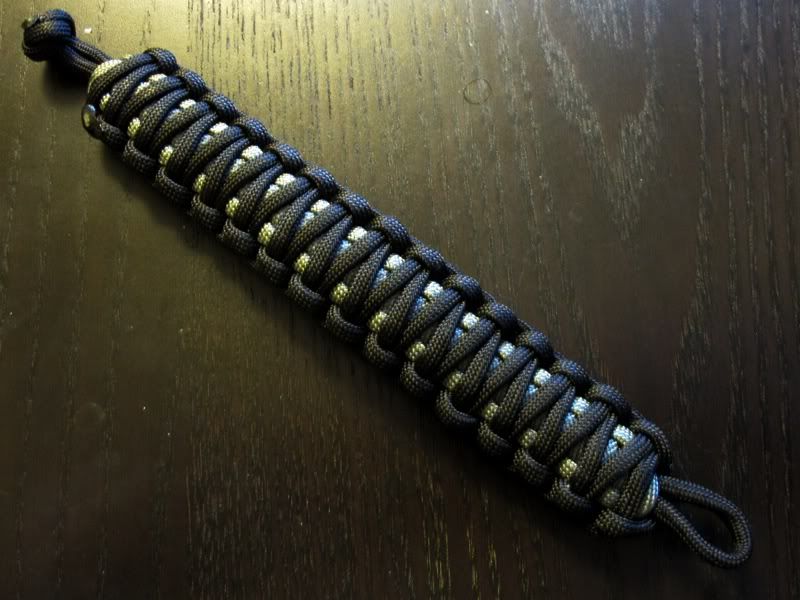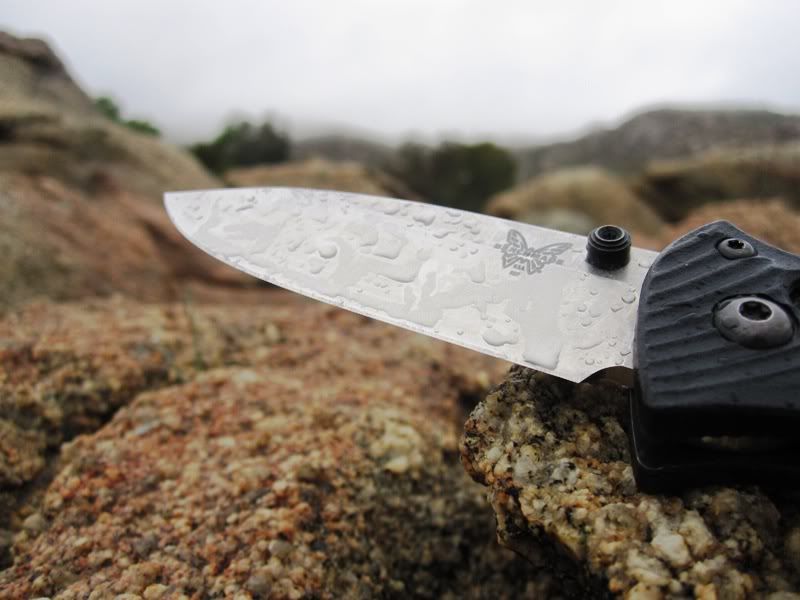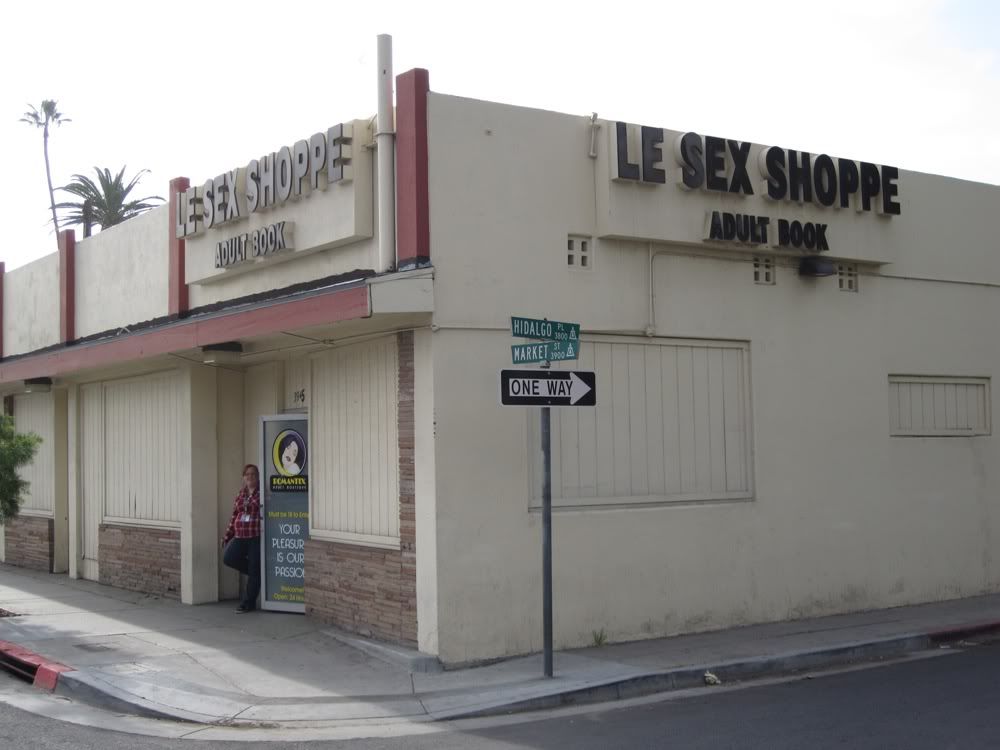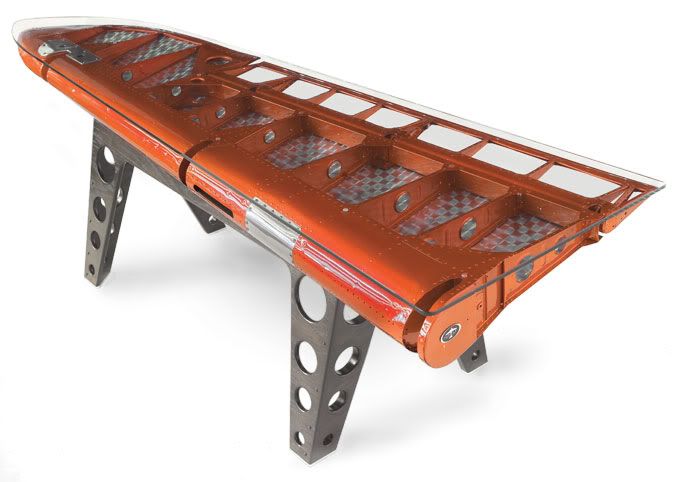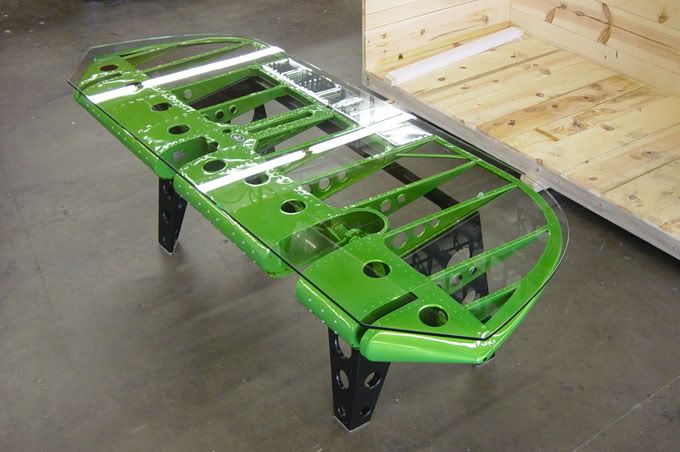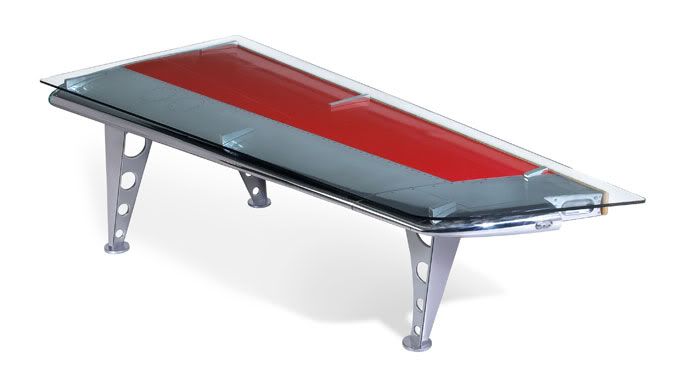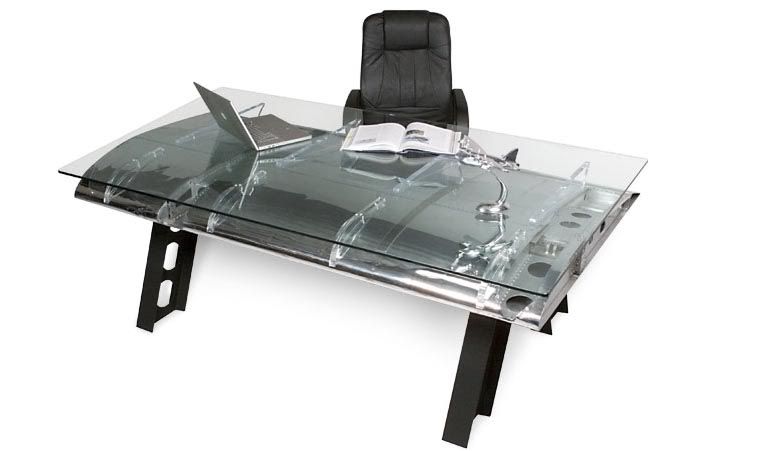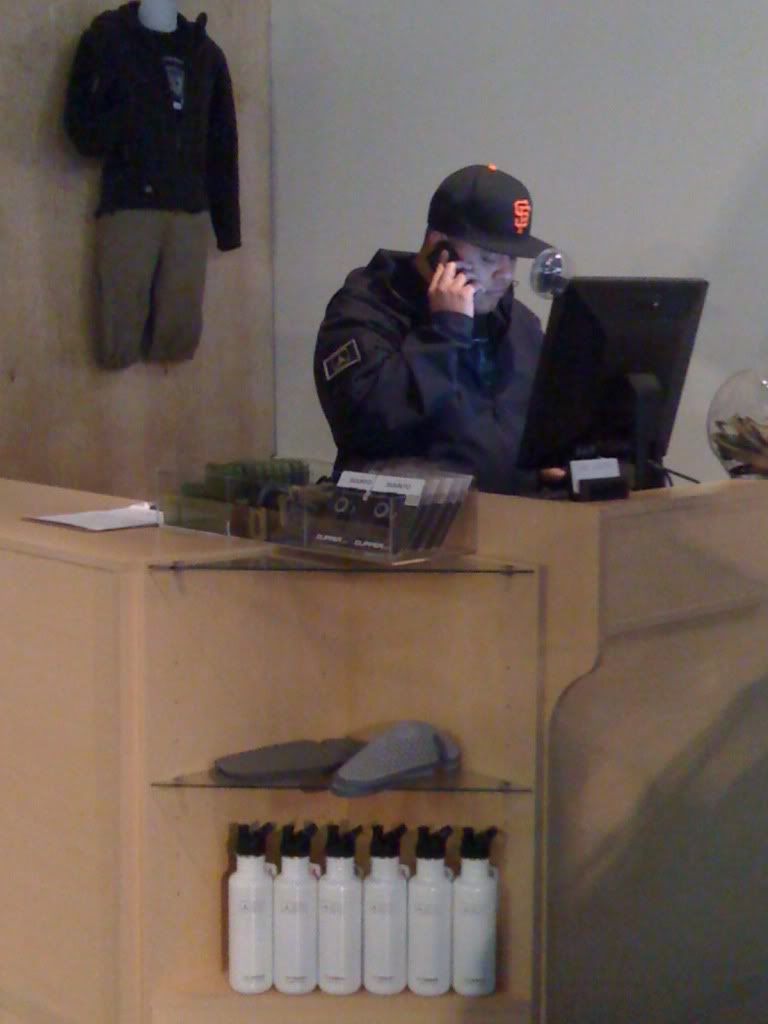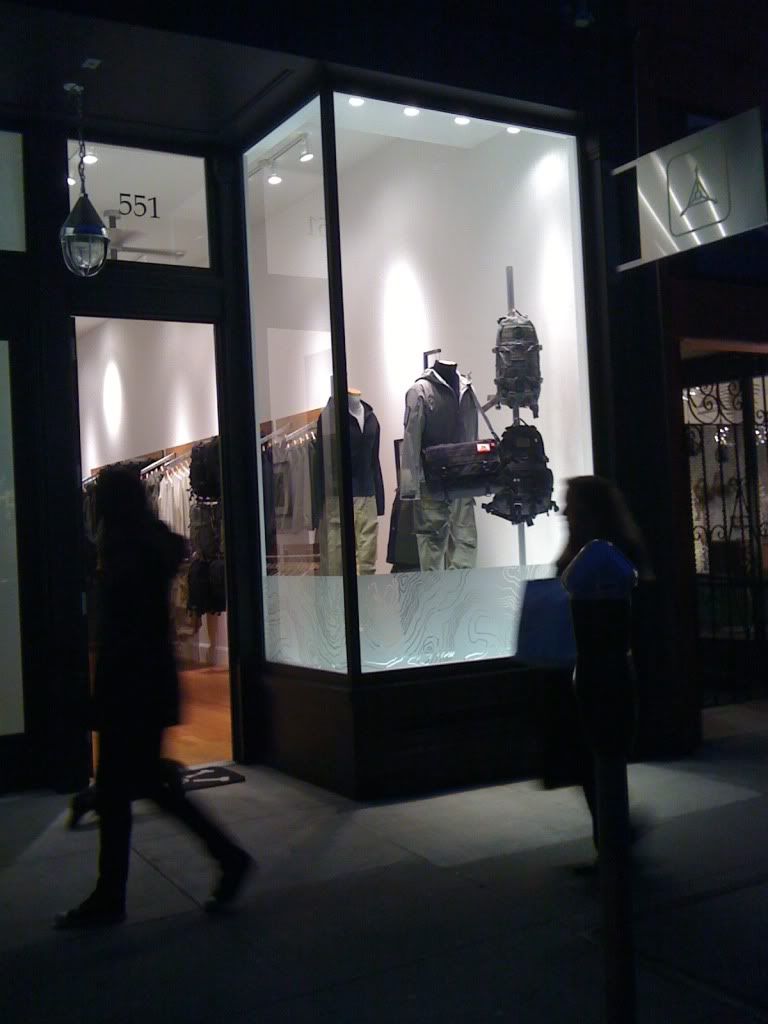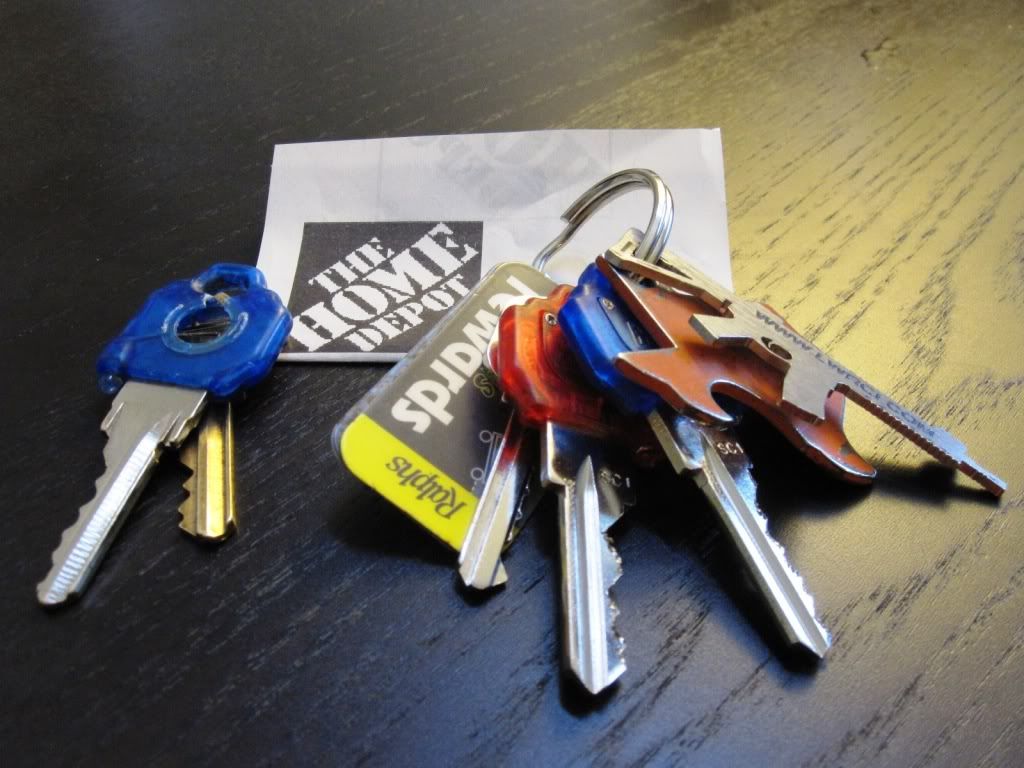Regardless of how many different opportunities my father has seized to gift me a wristwatch or how many times I have tried to adopt one as part of my daily wardrobe, I have never been comfortable having something attached to my wrist. About a year and a half ago, that changed when the same friend who gave me the Benchmade knife of which I recently wrote took it upon himself to make me a survival bracelet. As I definitely never made any sort of display of enthusiasm for the exploration of the great outdoors, I have never been able to completely grasp what warranted such a gift. Maybe it was my unconscious dedication to self injury that brought him to it. I think he plays off my inability to avoid completely embracing anything given to me if it might have even the slightest bit of usefulness or style, but, since it only results in gifts, I think I can forgive him that trespass. Whatever it was, it landed that bracelet (whose black and tan fibers have appeared in previous posts), or some variant thereof, on my wrist every day since.
The concept of a survival bracelet is not original to him, nor is it anything new, but, as I said before, being classic and simple can be a good thing, and this is just one of those times. Now, it being a gift definitely might have shot any form of objectivity out the window, but the countless compliments definitely haven't hurt its case. Regardless, I think it's an interesting piece of kit with some practical, real world, applications. Of course, some people adorn their wrists with one for purely cosmetic reasons, and that might be regarded as a positive use, in and of itself, but I'm speaking of more utilitarian implementations. Basically, I want to talk about why its popularity has become more apparent amongst both outdoor enthusiasts and military personnel.
Whether referring to it as parachute cord (paracord), a hail to its airborne history, or using its strictly structural nickname, 550 cord, the material that makes up this bracelet has been in common use since before the second world war. It's incredibly versatile and incredibly strong material. The 550, itself, indicates that a single, but complete, strand can support a minimum 550 pounds of tension without failing. In other words, two gentlemen of considerable mass could suspend themselves on a single cord. That's probably why they used it in the parachutes of the second world war, but, once on the ground, those soldiers were able to break it down for other uses. Without altering it, it could be used to secure all kinds of gear and equipment to vehicles and trees, but modifications begin, it's utility grows exponentially. If beads are added incrementally, it can be used to estimate distance. If gutted, the internal strands (anywhere from seven to nine in each cord) can be used as fishing line or sewing material. After that, the sheath can be used for its elasticity. With all those uses, its popularity with the outdoor, or survival-oriented, community was inevitable.
Many people simply carry a bundle of it in their pack while adventuring, but people started to wonder if there was a way to carry around a considerable amount in a practical and compact manner. I'm guessing that an ingenious person happened to have a lot of spare time on their hands to ponder such a concept, but, eventually, the idea of a bracelet came about. By bundling it up in such a manner, even someone with a somewhat compact wrist is able to carry fifteen to twenty feet of rope on them at all times. Should an emergency come up, they would simply need to unravel it and put it to use. So, though I appreciate the bracelet given to me, the desire to have one of different style and color was growing. Today, after months of emotional rejection of replacing it, I took it upon myself to make my own. While there are a lot of options out there, I decided on the simple King Cobra Weave with a Mathew Walker knot, and should anyone choose to make their own, there are plenty of guides online, including videos on YouTube. It might be partially due to a background of sailing, but I found the knot work to be both simple and relaxing, and, after a day like yesterday, the experience was greatly needed. In the end, I wanted to share a couple pictures, and I recommend it for both its practicality and for the calming experience of making it. Once it's complete, it's surprisingly comfortable to wrap a king cobra around your wrist.
